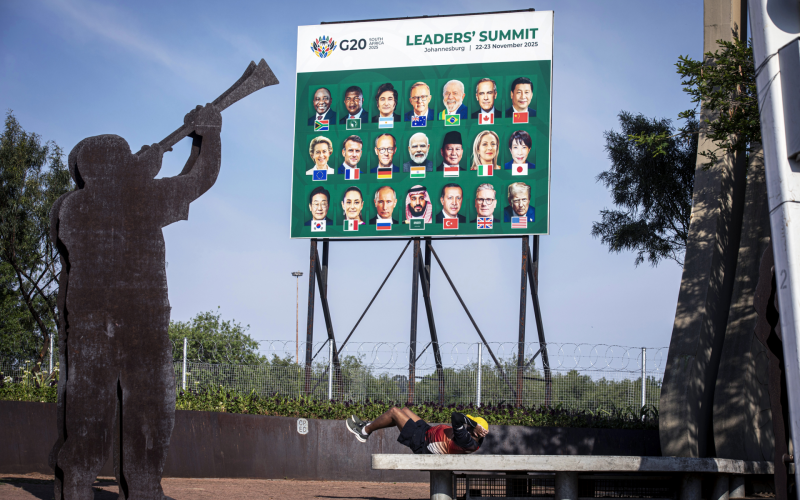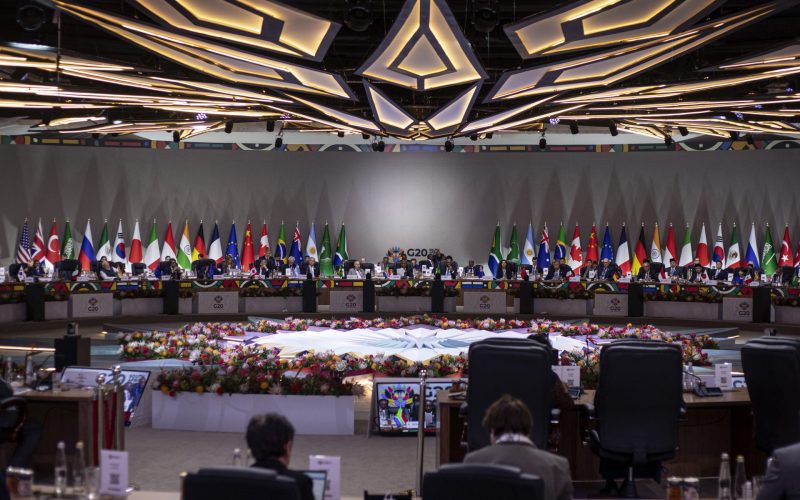Twenty-first century illiberalism spread around the world. But its effects have sparked a backlash. In the US, the Tea Party movement and the Republican victory in mid-term elections signalled the electorate’s repudiation of the most leftist president and Democratic Congress since Lyndon Johnson’s Great Society. In Europe, some governments are trying to return to prudent management of public finances.
We should first understand the nature of the beast. What does global twenty-first century illiberalism look like? How strong is it? What are the prospects for a renaissance of economic liberalism in the West? What chances does it have in “the Rest”, particularly in booming emerging markets like China and India? At the beginning of a new year, and indeed a new decade, let’s assess the balance between the forces of economic illiberalism and liberalism.
When the conventional wisdom shifts, so do its leading organs. The Financial Times and its leading commentators, like Davos Man, have blown with the wind. Even The Economist has gone soft. They no longer defend what Joseph Schumpeter called the “system of economic liberalism” – sound money, Gladstonian public finance (low taxation, low expenditure and balanced budgets), limited government, free markets at home and free trade abroad.
Now erstwhile economic liberals advocate macroeconomic “fine-tuning” and stepped-up microeconomic regulation to fix “market failures”. John Maynard Keynes and A.C. Pigou, the godfather of market-failure economics, are their rediscovered heroes.
Finally, “global governance” is their external complement to government activism at home: aided by powerful international organisations, governments need to coordinate policies intensively to fix myriad “global market failures”.
This marks a return to the post-1945 consensus that lasted until the 1970s – a combination of crude Keynesian macroeconomics and equally crude Pigovian microeconomics.
Governments are assumed to have the knowledge, ability and honesty to manipulate macroeconomic aggregates, fix market failures and coordinate policies globally. This package is a social engineer’s wet dream. It panders to the belief that superior minds can solve complex social and economic problems with targeted interventions.
The contrast with classical economic liberalism, from Hume and Smith to Hayek and Friedman, could not be starker. The latter believe that markets are complex organisms; that governments cannot possibly have enough knowledge to “fine-tune” outcomes; and that they also “fail” through human fallibility, political pressure and corruption. Hence their presumption that regulation should err on the side of caution and stick to general rules – not prescriptive regulations – to allow markets to operate effectively. To use Michael Oakeshott’s analogy, governments should be “umpires” of “civic associations”, not “estate managers” of “enterprise associations”.
Take a closer look at the policy features of twenty-first century illiberalism.
First, macroeconomic policy. Fiscal-stimulus packages, often supported by unorthodox and very loose monetary policies, were deployed to combat the crisis. In Europe and the US, they have not had the desired result. Worse, they have wrecked public finances by creating oceans of debt, portending higher taxes and real interest rates as well as inflationary threats. As bad, they have provided cover for wasteful pork-barrel spending and long-term entitlements.
Second, microeconomic regulation. Post-crisis financial reregulation is all about giving regulators even more discretionary powers to second-guess market participants and fine-tune market outcomes. This is the hallmark of the Dodd-Frank bill in the USA, and EU measures to regulate private-equity groups and hedge funds.
Among other side-effects, this is likely to reinforce the power of banks deemed “too big to fail”, with a permanent state guarantee and in cahoots with the regulators who are supposed to control them. Similar traits are found in US health-care legislation, US and EU measures to promote renewable energy and reduce carbon emissions, and new American and European proposals to revive manufacturing.
The common thread is discretionary subsidies, targets and standards to manipulate market outcomes. None of it is really about a framework of general rules to promote competition.
This regulatory cocktail stifles private-sector incentives to save, invest and innovate. It restricts competition and raises costs for business and consumers. Macroeconomic stability and liberalisation of product and factor markets were the signal features of the Reagan revolution in the USA, the Thatcher revolution in the UK and the Single Market revolution in the EU. They delivered growth, globalisation and prosperity. New distortions to competition are bound to compromise prospects for recovery and reglobalisation. These are likely to be the medium-term consequences of short-term “crisis interventions”.
Third, the crisis gave a fillip to calls for stronger global governance. This gives succour to those who are instinctively sceptical of markets and favour collectivist, command-economy-type solutions.
Its two most visible examples in the past decade have been initiatives to combat global warming and to increase aid to developing countries – both centrally involving the United Nations. Now the G20 is enjoined to coordinate fiscal policies, manage exchange rates, reregulate finance and smooth out global imbalances.
Thankfully, deep-seated intergovernmental differences, combined with the inherent lack of knowledge and capacity to implement grand global designs, have prevented decisive moves in this direction. Still, global-governance wishful thinking and social-engineering hubris continue among our charmed elites who flit from one global conference and summit to another.
Fourth, twenty-first century illiberalism has infected the Rest as well as the West. But most emerging markets retained healthy balance sheets going into the crisis and are enjoying a strong post-crisis rebound. Their experience with market reforms and global integration is more recent than the West’s. Their populations, especially the young, are driven by hard work and an education ethic, and exude aspiration and entrepreneurship. They are full of animal spirits.
This contrasts with deadening complacency, sclerosis and decadence in the West – more so in Europe than in the US. My instinct tells me that the emerging-market vanguard will do better than the West in limiting the damage caused by twenty-first century illiberalism. If a new wave of economic liberalism appears, I suspect it will come from the Rest rather than the West.
The initial challenge is to arrest macro and microeconomic interventions in the wake of the crisis before they do further economic, political and moral damage. The social-engineering storm-troopers of twenty-first century illiberalism must be halted in their tracks. The next challenge is to tackle unfinished business – further liberalisation and structural reforms to speed up recovery and re-globalisation. That means more Hume and Smith, and less Keynes and Pigou. The struggle will be uphill all the way.








